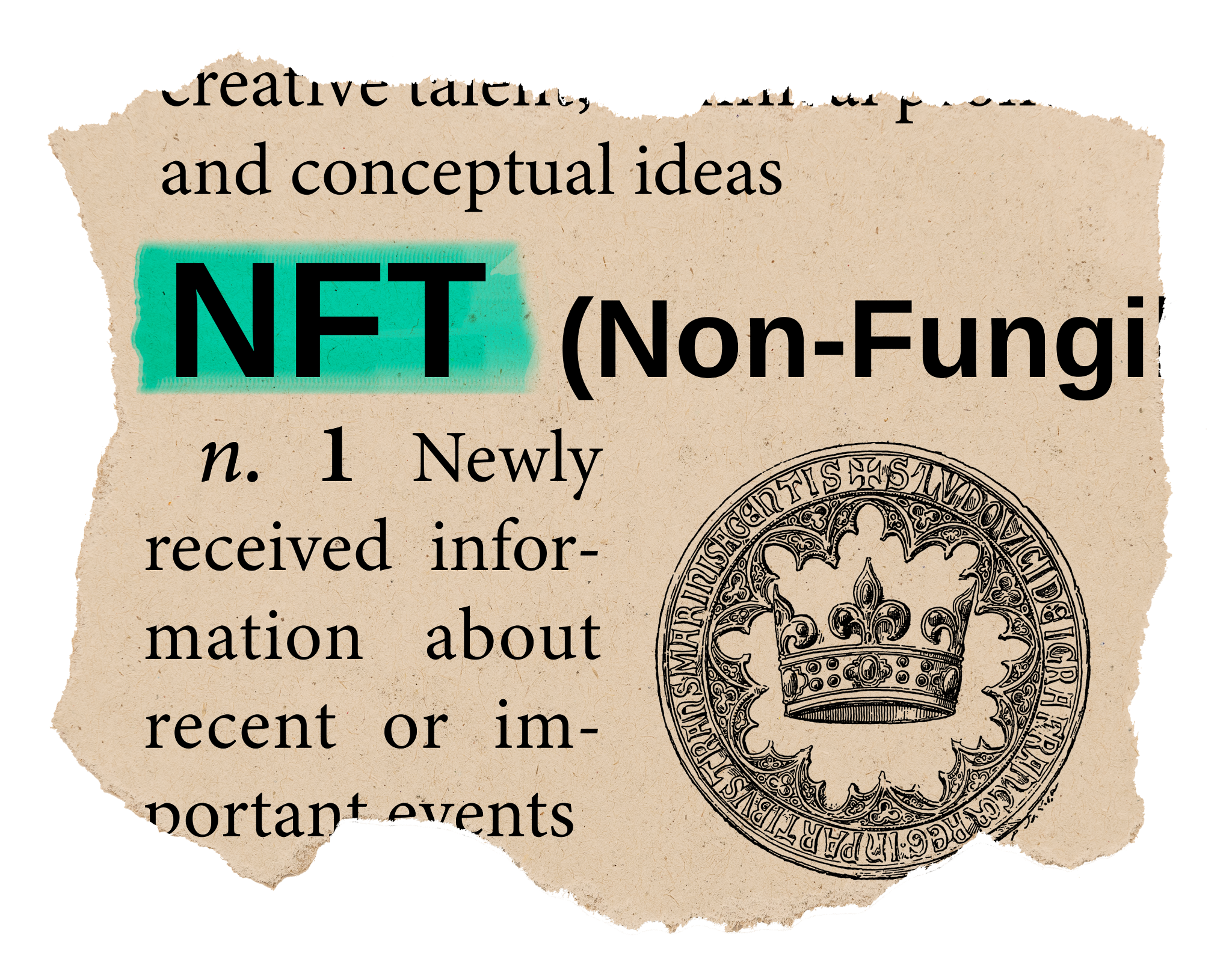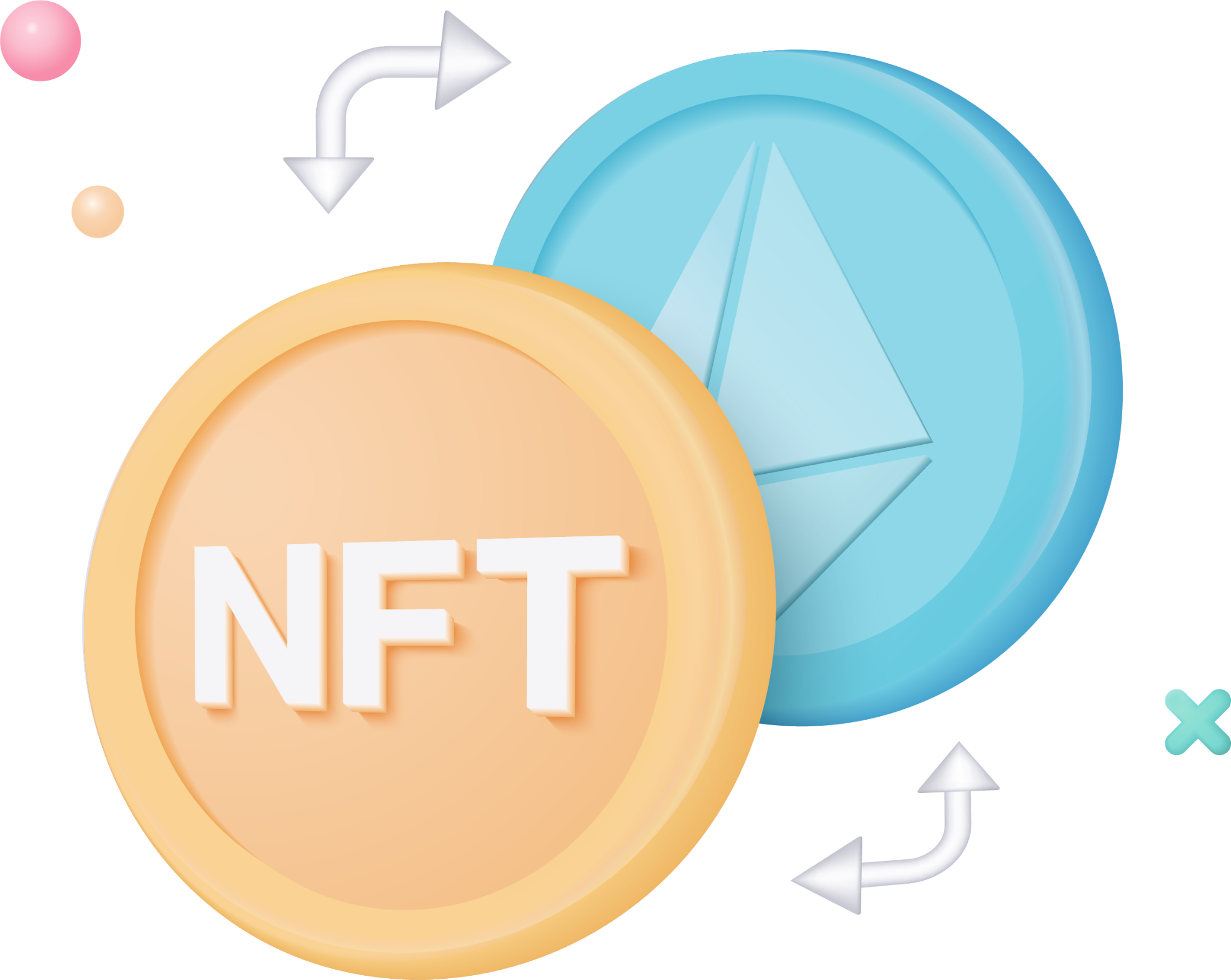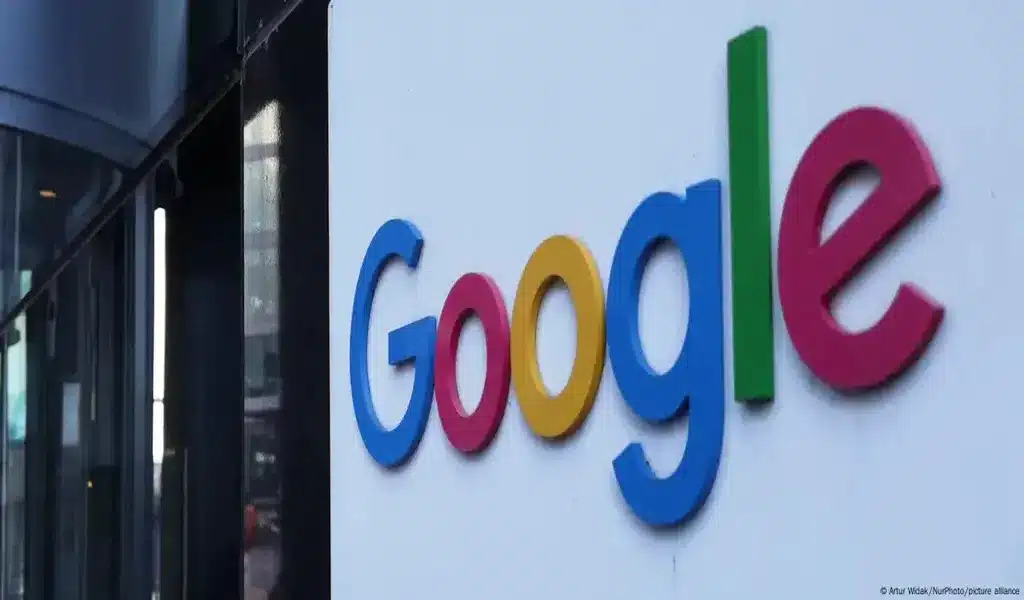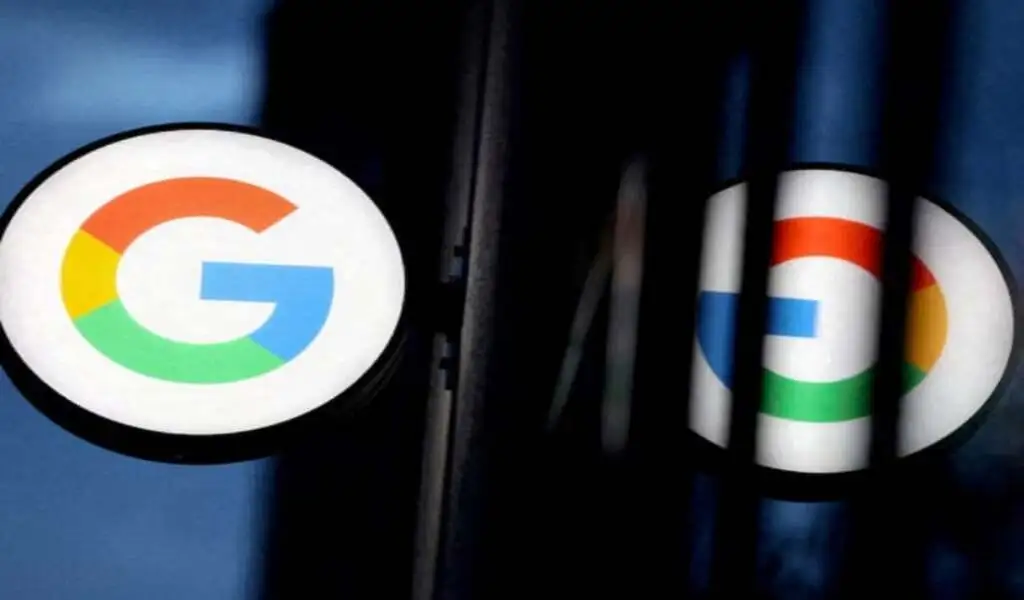Tech
Unraveling the NFT Phenomenon: How Digital Art Is Reshaping the Creative World
Non-fungible tokens, or NFTs, have quickly become a groundbreaking force within the digital landscape. These unique tokens, built on blockchain technology, enable creators to tokenize and monetize their digital creations.
NFTs are indivisible and cannot be swapped one-for-one like cryptocurrencies like Bitcoin and Ethereum.
By giving them a new channel for monetizing their creations, NFTs have given artists, musicians, and other content providers a world of possibility.
The idea of digital ownership and provenance is reshaping the creative sector and how people interact, consume, and buy works of art.
NFT enthusiasts are also turning their attention to Telegram crypto signals, which provide valuable market insights and trading recommendations.
What Sets NFTs Apart from Other Digital Assets?
NFTs are distinct from other digital assets due to their unique properties. Here are the key factors that differentiate NFTs from their counterparts:
- Non-fungibility: Unlike cryptocurrencies, NFTs are not interchangeable with other tokens. Each NFT has its own unique identifier, which makes it impossible to trade on a one-to-one basis with another token.
- Provenance: NFTs establish a clear chain of ownership, making it easy to track an item’s history from its creator to its current owner.
- Indivisibility: NFTs cannot be divided into smaller units, ensuring that the digital asset remains whole.
- Scarcity: NFTs can be minted in limited quantities, adding value to the digital asset by creating an element of rarity.
The Transformative Power of NFTs in the Art World

NFTs have had a profound impact on the art world, offering both artists and collectors a plethora of advantages over traditional art sales and distribution methods. Here are some of the key ways NFTs are reshaping the art industry:
- Democratization of art ownership: NFTs make art more accessible to a wider audience, eliminating the need for physical space and enabling artists to reach global collectors.
- Artist royalties: Creators can earn royalties on secondary sales of their artwork, ensuring they continue to profit as the value of their work increases.
- Authenticity and provenance: NFTs provide a transparent and tamper-proof record of ownership, reducing the risk of forgeries and fraud.
- New creative possibilities: NFTs enable artists to experiment with innovative art forms, such as interactive and generative art, expanding the boundaries of creative expression.
NFTs Beyond the Art Sphere: Expanding Possibilities
While the art world has been a significant beneficiary of NFTs, these tokens have far-reaching applications across various industries. Here are some notable examples of NFT use cases beyond the realm of art:
- Gaming and virtual goods: NFTs allow gamers to own and trade unique in-game assets such as characters, items, and virtual real estate, enhancing the gaming experience and providing opportunities for monetization.
- Collectibles: From digital trading cards to virtual stamps, NFTs enable the creation of rare and collectible digital items, appealing to collectors worldwide.
- Music and entertainment: NFTs empower musicians and performers to tokenize and sell their work directly to fans, facilitating innovative revenue streams and fostering a closer connection with their audience.
- Fashion and design: Designers can create and sell virtual clothing, accessories, and other digital fashion items as NFTs, expanding their reach and targeting the growing market of digital fashion enthusiasts.
The Most Expensive and Popular NFTs: Record-Breaking Sales and Iconic Creations

NFTs have taken the world by storm, and some of these digital assets have garnered significant attention due to their eye-popping price tags and cultural impact. Here are some of the most expensive and popular NFTs in the market.
Beeple’s “Everydays: The First 5000 Days” – $69.3 Million
In March 2021, digital artist Beeple (Mike Winkelmann) made headlines when his NFT artwork, “Everydays: The First 5000 Days,” sold for a staggering $69.3 million at Christie’s auction house. This monumental sale not only marked the highest price ever paid for an NFT but also established Beeple as one of the most valuable living artists.
CryptoPunk #7804 – $7.6 Million
CryptoPunks, one of the earliest NFT projects, comprises a collection of 10,000 unique, pixelated characters. CryptoPunk #7804, a rare alien punk with a pipe and sunglasses, sold for 4200 Ether (approximately $7.6 million at the time) in March 2021, making it one of the most expensive CryptoPunks ever sold.
CryptoPunk #3100 – $7.6 Million
Another highly sought-after CryptoPunk is #3100, an alien punk with a headband. This digital collectible also fetched a price of 4200 Ether (around $7.6 million) in March 2021.
“Crossroads” by Beeple – $6.6 Million
“Crossroads,” another artwork by Beeple, is an animated political piece that sold for $6.6 million in February 2021. The artwork’s content changes depending on the outcome of a specific event, demonstrating the potential of NFTs to create dynamic and responsive digital art.
“The First Twitter Tweet” by Jack Dorsey – $2.9 Million
In March 2021, Twitter CEO Jack Dorsey sold his first-ever tweet as an NFT for $2.9 million. The tweet, which reads, “just setting up my twttr,” was minted on the blockchain-based platform Valuables, highlighting the versatility of NFTs and their ability to tokenize various forms of digital content.
These record-breaking sales and iconic NFTs demonstrate the growing popularity and value of digital art and collectibles. As the NFT market continues to evolve, we can expect to see even more groundbreaking sales and innovative creations that capture the imagination of collectors and enthusiasts worldwide.
Navigating the NFT Marketplace: A Beginner’s Guide
For those new to the world of NFTs, it’s crucial to understand the basics of buying, selling, and trading these unique digital assets. Here’s a step-by-step guide to getting started with NFTs:
- Choose a compatible wallet: Set up a digital wallet compatible with the blockchain network used by the NFT platform (e.g., MetaMask for Ethereum-based NFTs).
- Fund your wallet with cryptocurrency: Purchase the required cryptocurrency (e.g., Ether for Ethereum-based platforms) and transfer it to your digital wallet.
- Select a marketplace: Explore various NFT marketplaces, such as OpenSea, Rarible, and Foundation, to find the platform that best suits your needs and preferences.
- Browse and buy NFTs: Search for NFTs based on your interests, evaluate their value, and purchase them using your cryptocurrency balance.
- Sell or trade your NFTs: List your NFTs for sale on the marketplace or trade them with other users to expand and diversify your digital asset portfolio.
- Develop your knowledge: Make sure you learn about the world of blockchain. Read about smart contracts, trading, Web 3.0, swing trading signals Telegram, etc. I will help you understand different types of NFTs better.
The Future of NFTs: What Lies Ahead
The rapid growth of NFTs has generated significant interest and investment across various industries. As this space continues to evolve, here are some potential developments we can expect in the near future:
- Mainstream adoption: As NFTs become more widely understood and accepted, we can anticipate further integration into mainstream culture and commerce.
- New blockchain networks: Emerging blockchain networks, such as Solana and Flow, will offer alternative platforms for NFT creation and trading, providing a more diverse and competitive ecosystem.
- Improved scalability and sustainability: Ongoing advancements in blockchain technology will address current concerns regarding the energy consumption and scalability of NFT transactions.
- Interoperability: As the NFT market expands, we can expect increased interoperability between different blockchain networks and marketplaces, enabling a more seamless and integrated user experience.
In conclusion, NFTs have emerged as a powerful force within the digital landscape, bringing about a paradigm shift in the art world and beyond. As the technology continues to mature, the potential applications for NFTs are limited only by our imagination, paving the way for a more vibrant and innovative digital future.
Related CTN News:
9 Best Electronic Signature Software 2023 For Streamlined Business Operations
SpaceX To Make 2nd Attempt To Launch Its Starship’s First Test Flight

Tech
US: A Judge Mandates that Google Allow Competing App Stores to Access Android

(VOR News) – The ruling is that Google, the greatest technology firm in the world, is required to make its Android smartphone operating system available to merchants that supply applications that are in direct rivalry with Google’s. This decision was reached by a judge in the United States of America.
The Android Play store, which is owned and operated by Google, was found to be an example of an illegal monopoly arrangement by a jury in the state of California on Monday. The finding was reached by a jury. Monday is the day that this decision was come to.
An earlier federal judge ruled Google’s search engine illegal.
This finding, which came after that decision, has forced the company to suffer yet another setback. As a result of the corporation having already encountered its initial obstacle, this decision has been established. This particular decision was made by the judge during the month of August, when the month was in progress.
In light of the fact that the decision was made, what exactly does it mean that the choice was accepted?
In accordance with the verdict, Google is obligated to make it possible for users to download Android app stores that are offered by third-party competitors. For a period of three years, the corporation is prohibited from imposing restrictions on the usage of payment mechanisms that are integrated into the application.
In addition, it is important to keep in mind that Google does not possess the right to impose restrictions on the utilization of ways to make payments online.
Additionally, the verdict makes it unlawful for Google to give money to manufacturers of smartphones in order to preinstall its app store. Smartphone manufacturers are prohibited from doing so.
Furthermore, it prevents Google from the possibility of sharing the revenue that is generated by the Play store with other companies that are in the industry of delivering mobile applications.
In addition to this, the court has mandated the establishment of a technical committee that will be made up of three different people chosen at random.
The committee will be responsible for monitoring the implementation of the reforms and finding solutions to any disagreements that may occur as a consequence of the implementation of the reforms while they are being implemented. This task will fall under the committee’s purview so that it may fulfill its duties.
However, certain components were allowed to be put into action until July 1st, despite the fact that the judge’s statement suggested that the ruling would take effect on November 1st. The statement was the basis for the ruling, which ultimately became effective.
Particularly, I wanted to know what Google’s reaction would be.
There is a fact that Google does not adhere to this directive, which has been brought to their attention. This document argued that the alterations that the judge had ordered to be made would “cause a range of unintended consequences that will harm American consumers, developers, and device makers.”
The judge had ordered the modifications to be implemented. The alterations were to be carried out as indicated by the judge’s ruling. The judge made it clear that he expected these revisions to be carried out in accordance with his guidance.
The company’s regulatory affairs vice president, Lee-Anne Mulholland, provided the following statement: “We look forward to continuing to make our case on appeal, and we will continue to advocate for what is best for developers, device manufacturers, and the billions of Android users around the world.”
On average, over seventy percent of the total market for smartphones and other mobile devices is comprised of mobile devices that are powered by the Android operating system. Both smartphones and other small mobile devices are included in this category.
In the event that the Play app store continues to be shown on the home page and that other Google applications are pre-installed prior to the installation of the Android application, smartphone manufacturers are entitled to install the Android application at no cost at their discretion.
Additionally, the Android application can be installed on devices that are manufactured for smartphones.
SOURCE: DWN
SEE ALSO:
Over The Planned “Link Tax” Bill, Google Threatens to Remove NZ News Links.
Tech
WhatsApp Now Features a “Mention” Tool for Status Updates and Stories.

(VOR News) – Those who use WhatsApp now have the ability to mention other people in their stories or status updates as a consequence of a feature that was only recently enabled on the platform.
Previous to this point, this capability was not available. It wasn’t until quite recently that this capability became available to the public.
According to the information that was provided by the company, users now have the opportunity to tag close friends in their stories, and the person who is mentioned will have the option to go back and re-share an earlier version of that story. This information was provided by the company. The corporation was kind enough to reveal this information to us.
Because of a new feature that has been added to the WhatsApp app, users now have the opportunity to like individual stories and status updates.
This capability was previously unavailable to WhatsApp users.
A significant amount of progress has been made in this context. Alternative readers now have the chance to “like” a work, which is comparable to liking a post on Facebook. This feature was introduced in recent years. When compared to the past, this is a tremendous shift.
At one point in time, viewers were only permitted to observe the total number of views that a particular story had gotten. These restrictions were eliminated in later versions of the software.
Additionally, it is essential that the likes and reactions to a story be kept anonymous during the entire process. One of the factors that contributes to the general mystery that surrounds this characteristic is the fact that this is one of the elements.
The person who brought it to the attention of others is the only person who will be able to judge who enjoyed it and who did not care about it. These individuals will be able to make this determination.
A notification will be issued to the individual who was referenced earlier in the sentence and who was named in the story or status update that was discussed. A notification of this nature will be sent to the individual via WhatsApp.
This message will be sent to the user in question whenever that person makes a reference to another person while they are in the process of elaborating on a narrative or updating their status. You will receive a notification alerting you that you have been tagged in the narrative.
This notification will be delivered to the person who receives this message. In addition, students will be provided with the opportunity to re-share the tale for themselves.
It is important to note that if the names of individuals who have been referenced in a narrative or a status update are included in any of these, then the names of those individuals will not be accessible to any third party through any of these. In light of the fact that the identities of those individuals will be concealed from public disclosure, this is the condition that will be required.
While WhatsApp recently made the announcement that it will be incorporating this functionality, it is highly likely that not all users will have access to it at the same time.
This is despite the fact that WhatsApp recently made this announcement.
Despite the fact that WhatsApp has only recently made a public announcement that it will move forward with the deployment, this is the situation that has presented itself.
As soon as a short period of time has elapsed, access will be made available to each and every person on the entire world.
Additionally, WhatsApp has hinted that new functionalities might be introduced to the status and updates tab in the future months.
The purpose of these capabilities is to provide users with assistance in maintaining healthy connections with the individuals who play a vital role in their living experiences. This is done in order to give users with support in maintaining close relationships with the folks who are the subject of the inquiry.
It is with the purpose of supporting users in successfully keeping close ties with the individuals in question that this step is taken.
SOURCE: DN
SEE ALSO:
Over The Planned “Link Tax” Bill, Google Threatens to Remove NZ News Links.
Accenture and NVIDIA Collaborate to Enhance AI Implementation.
Tech
Over The Planned “Link Tax” Bill, Google Threatens to Remove NZ News Links.

(VOR News) – Google has sent a strong message to the New Zealand government, threatening to stop boosting local news content should the Fair Digital News Bargaining Bill become law.
The law, put up by the Labour government and backed by the coalition in power at the moment, mandates that digital companies such as Google pay back news organizations for links to their material.
News publishers, on the other hand, charge the tech giant with “corporate bullying.”
Google says this measure may have unanticipated effects.
Google New Zealand’s country director, Caroline Rainsford, voiced her worries that the law, which is being referred to as a “link tax,” is not doing enough to support the media industry in New Zealand right now.
She underlined that Google would have to make major adjustments if the previously mentioned law were to pass, including cutting off links to news articles from its Search, News, and Discover platforms and cutting off financial ties with regional publications.
According to Rainsford, similar legislation has been proposed and approved in other nations including Australia and Canada, but it has not been proven to be effective there and breaches the principles of the open web.
She drew attention to the fact that smaller media outlets will be most negatively impacted, which will limit their capacity to reach prospective audiences.
Google says its alternative options will protect smaller, local media from negative effects.
Conversely, it conveys apprehension regarding the possible fiscal obligations and vagueness of the legislation, which it feels generates an intolerable level of ambiguity for enterprises functioning within New Zealand.
The New Zealand News Publishers Association (NPA) has reacted to Google’s warnings by alleging that the internet behemoth is using coercive tactics.
They specifically contend that the need for regulation stems from the market distortion that Google and other tech giants have created, which has fueled their expansion into some of the most significant corporations in global history.
The legislation aims to create a more equal framework that media businesses can use to negotiate commercial relationships with technological platforms that profit from their content.
New Zealand Media Editors CEO Michael Boggs stated that he was in favor of the bill, citing the fact that Google now makes a substantial profit from material created by regional publications.
He also emphasized that the use of artificial intelligence by Google—which frequently makes references to news articles without giving credit to the original sources—highlights the significance of enacting legislation.
Paul Goldsmith, the Minister of Media and Communications, has stated that the government is now evaluating various viewpoints and is still in the consultation phase.
He stated that the government and Google have been having continuous talks and will keep up these ongoing discussions.
However, not all political parties accept the validity of the Act.
The ACT Party’s leader, David Seymour, has voiced his displeasure of the proposal, saying that Google is a game the government is “playing chicken” with. He threatened the smaller media companies, saying that they would suffer from worse search engine rankings if the internet giant followed through on its promises.
Seymour contended that it is not the government’s responsibility to shield companies from shifts in the market brought about by consumer preferences.
The things that have happened in other nations are similar to what has happened in New Zealand.
Google has agreements with a number of Australian media firms that are in compliance with its News Media Bargaining Code. These agreements contain provisions that permit an annual cancellation of these agreements.
Due to the government’s decision to exempt Google from the Online News Act, the company has committed to supporting news dissemination by contributing annually to the Canadian journalistic community.
The New Zealand measure is consistent with global approaches aimed at regulating the relationships that exist between technology corporations and media organizations.
It’s hard to say what will happen with the Fair Digital News Bargaining Bill as the discussion goes on. Google and the New Zealand media landscape are preparing for what might be a protracted legal battle.
SOURCE: TET
SEE ALSO:
Accenture and NVIDIA Collaborate to Enhance AI Implementation.
-

 News3 years ago
News3 years agoLet’s Know About Ultra High Net Worth Individual
-
Entertainment2 years ago
Mabelle Prior: The Voice of Hope, Resilience, and Diversity Inspiring Generations
-

 Health3 years ago
Health3 years agoHow Much Ivermectin Should You Take?
-

 Tech2 years ago
Tech2 years agoTop Forex Brokers of 2023: Reviews and Analysis for Successful Trading
-

 Lifestyles3 years ago
Lifestyles3 years agoAries Soulmate Signs
-

 Movies2 years ago
Movies2 years agoWhat Should I Do If Disney Plus Keeps Logging Me Out of TV?
-

 Health3 years ago
Health3 years agoCan I Buy Ivermectin Without A Prescription in the USA?
-

 Learning3 years ago
Learning3 years agoVirtual Numbers: What Are They For?